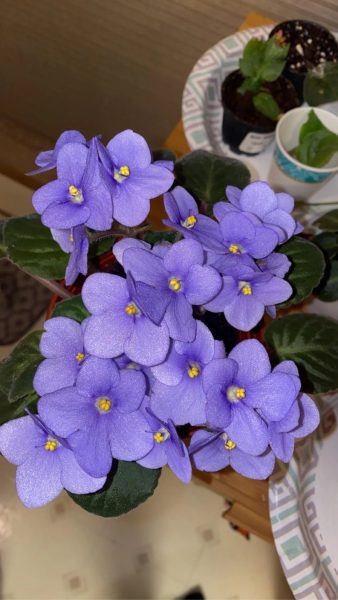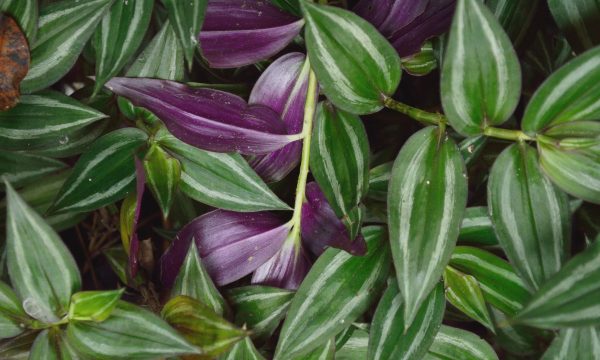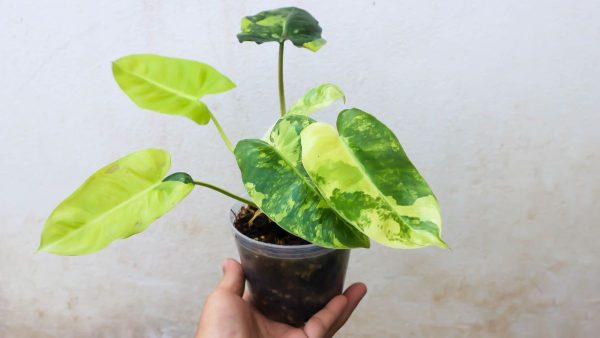If you’re a houseplant lover and looking to add a touch of vibrant color to your indoor space, African violets are an exceptional choice.
They are known for their rich bloom and can brighten up any living area with minimal care.
With the right conditions and a little bit of know-how, you can turn these green beauties into beautiful flowers.
The best thing about these plants is they can bloom all year if you’re properly caring for them.
In this guide, you’ll learn the secrets to blooming your African violets.
Do These Things to Bloom Your African Violet

1. Light
Proper light is the most crucial factor for African violets to flower.
These plants require bright, indirect light, which means you should place them a few feet away from a south- or east-facing window.
However, direct sunlight can burn their delicate leaves and reduce flower production.
If natural sunlight is scarce, you can supplement with fluorescent grow lights, ensuring they receive 10-14 hours of light per day.
2. Fertilizing for Flower
African violets are light feeders, but the right balance of nutrients is crucial for getting them to bloom.
Use a high-phosphorus, water-soluble fertilizer, diluted to half-strength, and apply every other week during the growing season.
You can use Hi-Yield African violet fertilizer as well. Never apply fertilizer to dry soil, because it can damage the roots.
3. Repotting
African violets will outgrow their pots and become root-bound, which can lead to fewer blossoms.
Therefore repot once a year or when you notice the plant is not growing anymore.
When repotting, choose a pot that is only slightly larger than the current one to avoid waterlogging the soil.
4. Remove Old Flowers
To get more flowers you should remove the dry flowers from your African violets.
This not only improves the plant’s appearance but also encourages it to redirect its energy towards new flower production.
So, carefully snipping off the spent blooms at the base without disturbing the surrounding foliage can stimulate the African violet to produce fresh blossoms.
5. Humidity
These plants grow in environments where the humidity is consistently between 70% to 80%.
In conditions outside this range, the plants may struggle to bloom, and the leaves can either dry out or become too moist, which can also lead to fungal diseases.
For better humidity, you can use a humidity tray filled with water and pebbles placed beneath the plants, or employ a room humidifier.
6. Proper Watering
Overwatering is the most common mistake with African violets. These plants prefer to stay slightly moist but should never sit in water.
Use room temperature water, and water directly onto the soil, rather than on the leaves, to avoid rot and fungal issues. As a result, your plant won’t be able to bloom.
A great test to keep in mind is to insert your finger into the soil; if the top inch is dry, it’s time to water again.
7. Right Soil
African violets thrive in soil that is light, airy, and slightly acidic.
These kinds of potting mixes are available, specially made for African violets, or you can create one by mixing peat moss, vermiculite, and perlite.
Well-draining soil is essential to prevent root rot. A good mix will retain moisture without becoming waterlogged.
This way your plant will grow well and get the right amount of food to bloom more flowers.
How Often Should African Violets Be Fed?
African violets grow best when fed every 4 to 6 weeks using a balanced, water-soluble fertilizer formulated specifically for African violets.
The key is to use a fertilizer that has an equal balance of nitrogen, phosphorous, and potassium to encourage healthy growth and bloom.
During the winter months, when growth naturally slows down, you can reduce feeding to once every 8 weeks to avoid over-fertilizing.
Wrapping Up
The perfect African violet bloom is no act of magic. With proper lighting, water, and nutrition, your African violet will not disappoint.
And never forget the inherent enjoyment that comes with caring for these plants, a reward in itself.
Now, let us know what is your favorite tip from this article.
If you’ve any tips for blooming African violets faster, you can share them with us in the comments.
Happy Houseplants!

